Meet the Bone-Eating Vulture That Dyes Itself the Color of Blood
You don’t get more hardcore than the lammergeier.
Each week, Atlas Obscura is providing a new short excerpt from our upcoming book, Wild Life: An Explorer’s Guide to the World’s Living Wonders (September 17, 2024).
Vultures are not always the most visually appealing birds. But bearded vultures, or lammergeiers, are beautifully done up, with glossy dark wings, long thin goatees, and KISS-worthy eye masks. Their chests, heads, and legs are especially impressive, colored the rich red brown of polished mahogany. They deserve much of the credit for their fashion sense. These vultures turn their feathers red on purpose, covering themselves in iron oxide by bathing in rusty water or rubbing themselves with damp red soil. They are the only birds known to intentionally color themselves, and exactly why they do is still not entirely settled.
Lammergeiers eat almost exclusively bones—the last remnants of the meals of other scavengers. Bones from anything smaller than a sheep they can eat whole. They’ll fly larger ones high into the air and drop them onto rocks over and over again until they break up into swallowable pieces.
Bones are cleaner than the blood and guts preferred by other vultures. (Lammergeiers have feathery heads, instead of bald ones like some of their cousins, because they don’t have to stick their faces inside gory carcasses.) But they’re still covered in bacteria, which are there doing their own jobs as decomposers. One theory holds that the birds’ iron oxide dye kills harmful microbes, keeping vulture parents from slopping them all over their nests. The vultures have been seen rubbing their ruddy chest feathers on their eggs, perhaps to pass on some of this protection.
Others think the coloring is a cosmetic strategy. When two lammergeiers want the same bones, they’ll square off, puffing up their feathers and swinging their heads around. A bird’s redness might indicate her fitness—her knowledge of the local iron sources, and the strength and spare time to really paint herself up. A darker-red vulture may intimidate a lighter-colored one enough that he leaves, avoiding a fight.
The idea that red is a particularly impressive color to these vultures is supported by another of their adornments: bright red bands around their eyes called scleral rings. When the situation calls, they can concentrate blood in those rings to make them extra big and bright—dyeing themselves from both inside and outside.
Range: Mountain ranges in Europe, Asia, and Africa, generally above 6,500 feet (2,000 m)
Species: Bearded vultures (Gypaetus barbatus), also known as lammergeiers
How to see them: You might spot these scavengers cruising along the tops of mountain ridges or to and from their cliff-ledge nests. From below, look for their thick diamond-shaped tails and rust-colored underparts.
Wild Life: An Explorer’s Guide to the World’s Living Wonders celebrates hundreds of surprising animals, plants, fungi, microbes, and more, as well as the people around the world who have dedicated their lives to understanding them. Pre-order your copy today!

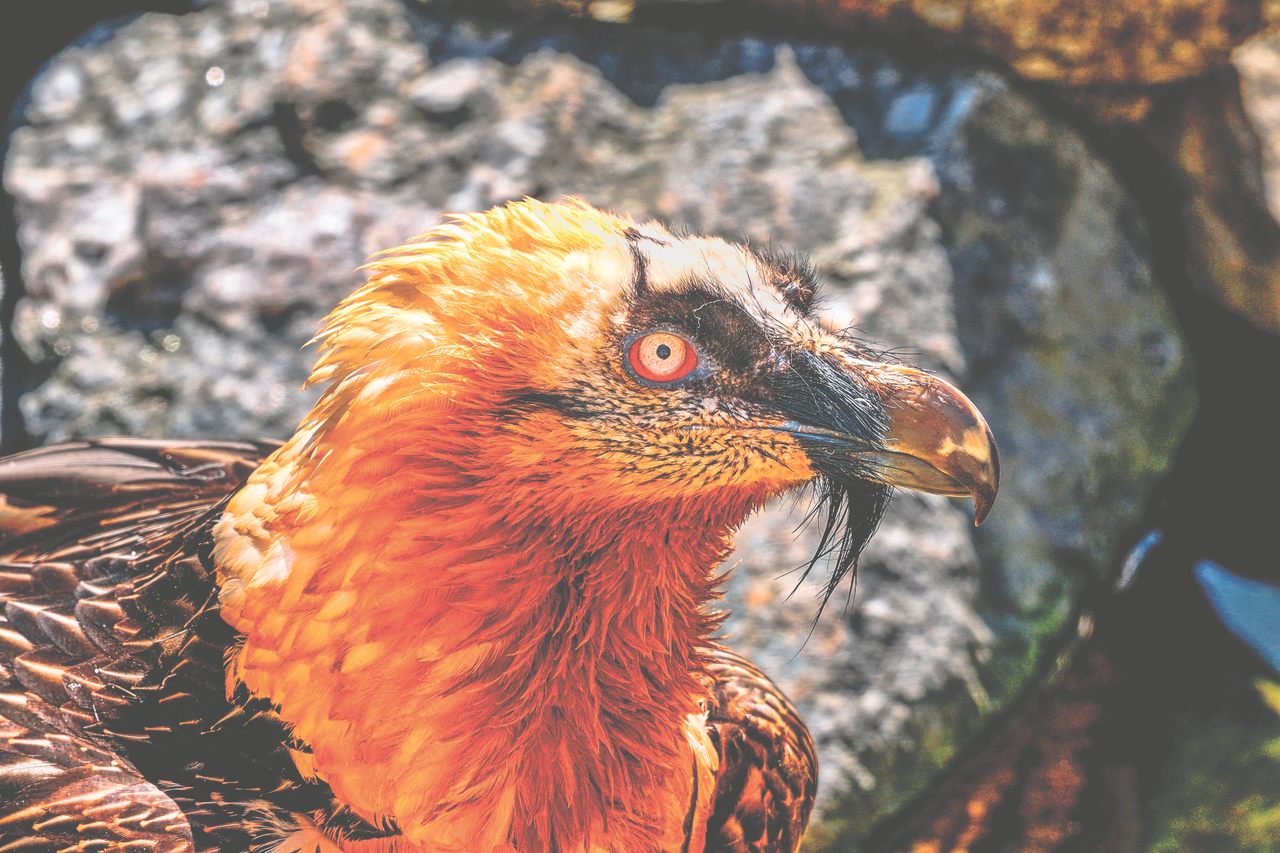
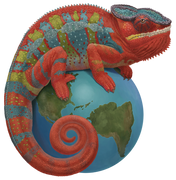
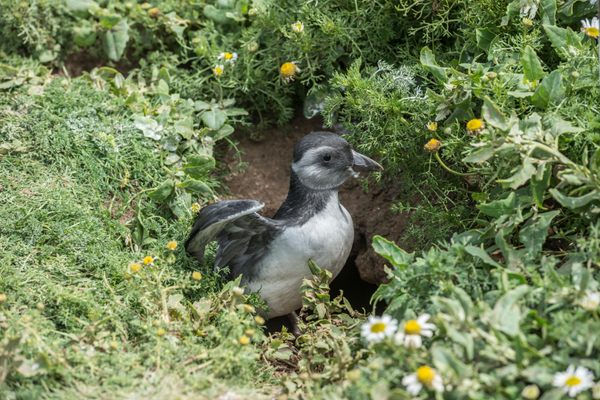

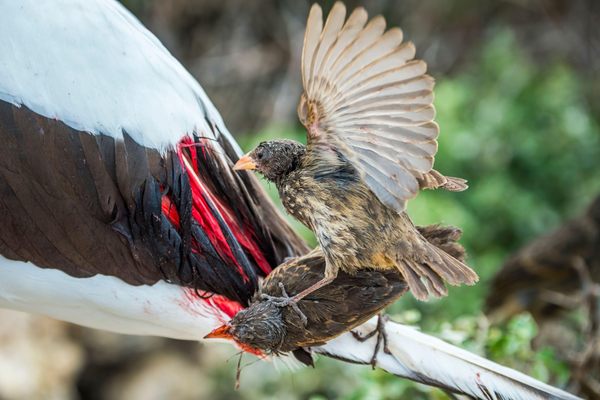
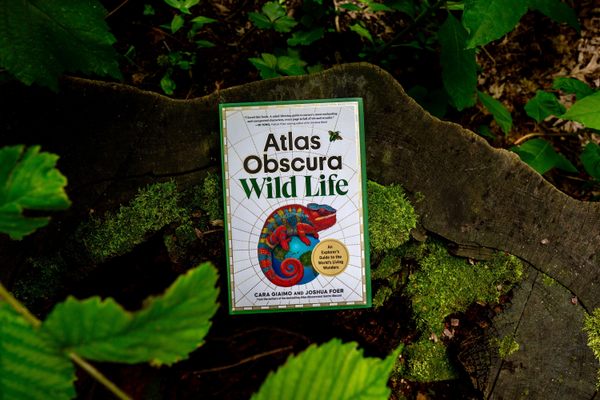




















Follow us on Twitter to get the latest on the world's hidden wonders.
Like us on Facebook to get the latest on the world's hidden wonders.
Follow us on Twitter Like us on Facebook